

Game Rant’s Riley Little reviews The Legend of Zelda: Skyward Sword
Zelda games don’t have it as easy as everyone thinks they do. Every time a new title in the series launches, it’s thrown under the microscope and compared to what many consider to be one of the greatest games, not only in the series, but of all time — The Legend of Zelda: Ocarina of Time.
The most recent game in the fabled franchise, The Legend of Zelda: Skyward Sword, will undoubtedly face a similar fate, but will it finally surpass the legacy left behind by its predecessor? It’s hard to say definitively which game is better, but it’s certainly one of the most impressive offerings on, not just the Wii, but any Nintendo console.
Skyward Sword takes place in an city above the clouds called Skyloft, that was created by a goddess countless years prior to Link’s adventure. Since Link’s hometown is literally a floating island in the sky, there is simply no need for Epona. Instead, Link will travel through the skies on a giant bird. To mount this massive fowl the characters literally hurl themselves from a ledge and the bird will swoop in and catch them. There’s something energizing about throwing Link from a platform thousands of feet in the air, and its a guilty pleasure that makes playing through the game even more enjoyable.
Without spoiling the story, Skyward Sword is one of the more interesting and thoroughly enjoyable stories of any game in the series. There are story elements that are explored throughout the game that have never really been addressed in Zelda titles of the past, and fans will enjoy the different — yet familiar — layout of Skyward Sword.
One of the largest changes is the fact that Zelda has ditched the title of ‘Princess,’ and is instead just a childhood friend of the game’s main protagonist. This new-found relationship reveals a much more interesting relationship, and there is now a surprising amount of romantic tension between the two — something that Nintendo very rarely addresses in any of their games. Aside from the pending romance in Skyward Sword, there are also many new memorable characters, and even though there isn’t any voice acting, each character is still able to effectively convey a personality that succeeds in entertaining.
Speaking of personality, Link can finally talk! Players will be able to choose one of three retorts when Link is verbally confronted, and even though the choices don’t change anything other than the proceeding dialogue, it’s still fun to give the character a little bit of personality. Fans will also be happy to know that some of the statements Link can make border on hilarious — such as an insult he can direct at the completely idiotic hair style of a bully in his hometown.
Aside from the excellent storytelling and character development, there is the traditional layout of eight dungeons and a ton of gadgets that will be at Link’s disposal by the end of the campaign. The dungeons themselves are quite large, filled with some challenging puzzles, and have some of the best boss battles ever conceived. There also aren’t any challenges that will completely stump players. That’s not to say that they are easy but none are insanely frustrating (which is a relief for anyone who has survived the horror that was the Water Temple). The size of the dungeons will also keep gamers preoccupied for a solid amount of time, and that’s never a bad thing.
Speaking of the game’s length, Skyward Sword‘s playtime is extensive – for anyone who wants to explore and collect all of the items found throughout the various areas. As an example, it could take two and a half hours to even get to the first dungeon – and that’s without getting stuck or exploring the forest surrounding the dungeon. The game offers hours upon hours of content, and the adventure, coupled with the immense size of it all, is well worth the price of admission.
The art direction is noticeably different, compared to other instalments, because the whole game is styled like an oil painting. The backgrounds of each area reflect this new change in onscreen design and offer the most serene as well as beautiful backgrounds in the franchise’s long history. Couple that with the absolutely epic soundtrack, and you’ve got one of the best atmospheres ever created within a video game.
While the art style helps The Legend of Zelda: Skyward Sword separate itself from past games – the controls are where the game really hits its own stride and offers something completely different when compared to Twilight Princess — all courtesy of the Wii MotionPlus. This much needed amplification of the Wii Remote’s accuracy finally gives players the ability to have 1:1 control of Link’s sword. As a result, most of the game’s mechanics are built around this dramatic increase in sword control, and it drastically changes the way that gamers will approach a fight.
While the added support for the Wii MotionPlus is a breath of fresh air, sword strikes aren’t always as precise as they are intended to be and, at times, players will simply be able to randomly flick their wrist around and vanquish foes rather easily.
There are also features for the Wii MotionPlus that aren’t particularly inspired and come across as too gimmicky. Every time Link is forced to walk across a tightrope, players will have to prop the Wii Remote straight up and waggle it left to right in correlation with Link’s footsteps. There are also portions where the game demands that players hold the ‘A’ button on the remote – as they attempt to rotate an oddly shaped key around to fit into the door – and these areas are much more tedious than they are fun. Fortunately, these segments don’t last that long.
The RPG-esque qualities in Skyward Sword aren’t nearly as impressive as they first sounded, but they’ll still be appreciated none-the-less. There is a place in Skyloft where players can upgrade weapons in exchange for a few rupees or items they’ve picked up while questing in the world below. One of the most annoying aspects of collecting these various items is that the game will reintroduce players to the items every time they save and exit — as if somehow gamers have forgotten what an ‘Amber Relic’ is in between play times. Not a big problem but one that will definitely get annoying very quickly.
Side missions are also available and can be accomplished in-between story quests. Accepting these side quests will reward adventurers with rupees and a few other things. Although they don’t help to progress the story, they do make for some entertaining distractions from the main narrative – and add even more content to an already enormous title.
The Legend of Zelda: Skyward Sword a must-own game for anyone with a Wii, because of its massive amount of content, wonderful art style, memorable plot, likable characters, unique approach to combat, and ear-meltingly beautiful soundtrack. It’s not quite a perfect experience because of a few gimmicky motion-controlled features and unpolished design choices but it’s still a work of art that will make players sad the Wii’s full potential wasn’t realized until this late in its life span.
The Legend of Zelda: Skyward Sword is available now exclusively on the Nintendo Wii.
Follow me on Twitter @TheRileyLittle

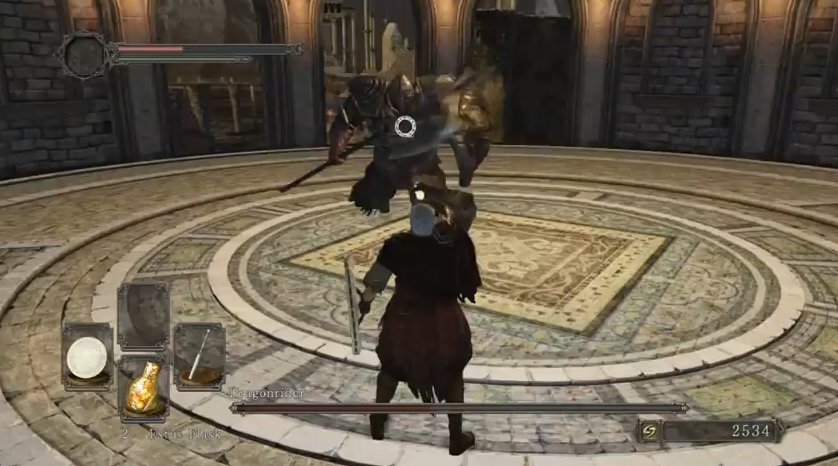
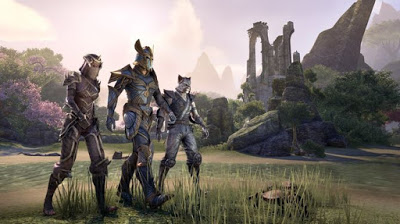
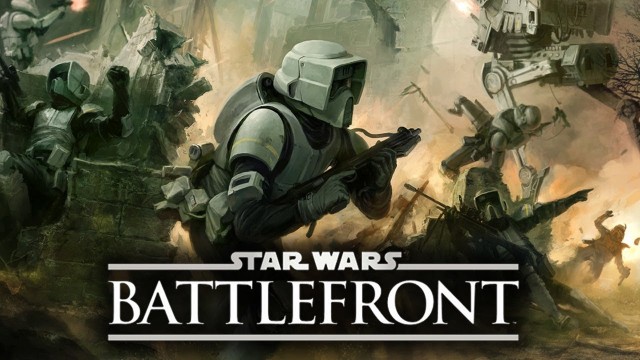
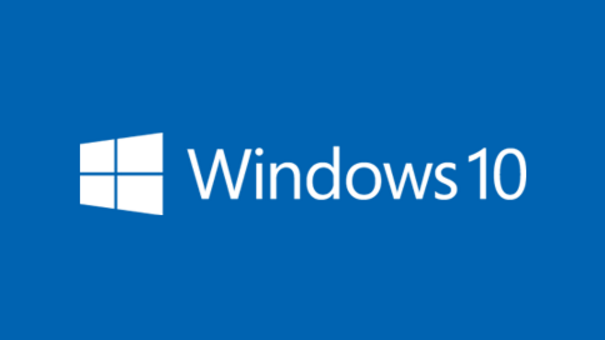 Is It Time to Upgrade to Windows 10, Yet?
Is It Time to Upgrade to Windows 10, Yet?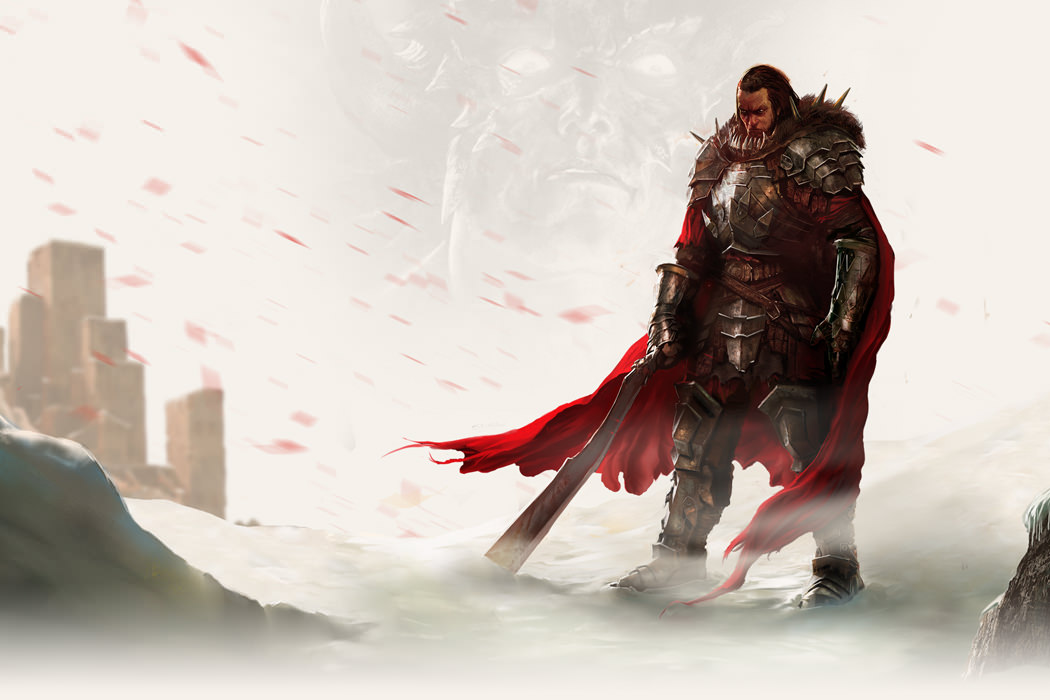 Bound by Flame Guide: How to Make Gold Easily and Quickly
Bound by Flame Guide: How to Make Gold Easily and Quickly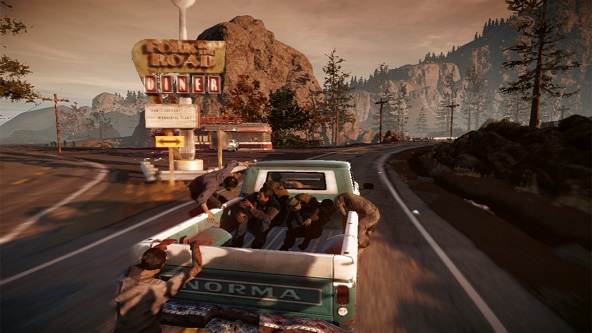 State of Decay: Beginner’s Survival Guide
State of Decay: Beginner’s Survival Guide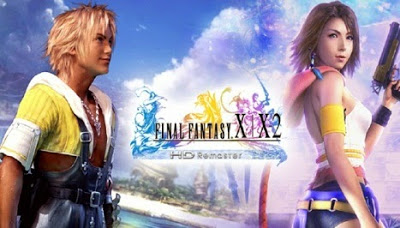 Final Fantasy X / X-2 HD Remaster (PS4) cheats, codes
Final Fantasy X / X-2 HD Remaster (PS4) cheats, codes 9 Awesome Board Games Based on Video Games
9 Awesome Board Games Based on Video Games